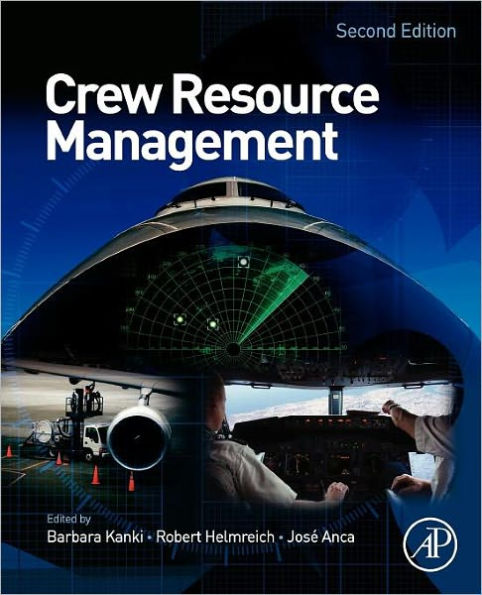Crew Resource Management
Crew Resource Management, Second Edition continues to focus on CRM in the cockpit, but also emphasizes that the concepts and training applications provide generic guidance and lessons learned for a wide variety of "crews" in the aviation system as well as in the complex and high-risk operations of many non-aviation settings. Long considered the "bible" in this field, much of the basic style and structure of the previous edition of Crew Resource Management is retained in the new edition. Textbooks are often heavily supplemented with or replaced entirely by course packs in advanced courses in the aviation field, as it is essential to provide students with cutting edge information from academic researchers, government agencies (FAA), pilot associations, and technology (Boeing, ALION). This edited textbook offers ideal coverage with first-hand information from each of these perspectives. Case examples, which are particularly important given the dangers inherent in real world aviation scenarios, are liberally supplied. An image collection and test bank make this the only text on the market with ancillary support.
1129163981
Crew Resource Management
Crew Resource Management, Second Edition continues to focus on CRM in the cockpit, but also emphasizes that the concepts and training applications provide generic guidance and lessons learned for a wide variety of "crews" in the aviation system as well as in the complex and high-risk operations of many non-aviation settings. Long considered the "bible" in this field, much of the basic style and structure of the previous edition of Crew Resource Management is retained in the new edition. Textbooks are often heavily supplemented with or replaced entirely by course packs in advanced courses in the aviation field, as it is essential to provide students with cutting edge information from academic researchers, government agencies (FAA), pilot associations, and technology (Boeing, ALION). This edited textbook offers ideal coverage with first-hand information from each of these perspectives. Case examples, which are particularly important given the dangers inherent in real world aviation scenarios, are liberally supplied. An image collection and test bank make this the only text on the market with ancillary support.
116.0
Out Of Stock
5
1

Crew Resource Management
536
Crew Resource Management
536Related collections and offers
116.0
Out Of Stock

Product Details
| ISBN-13: | 9780123749468 |
|---|---|
| Publisher: | Elsevier Science |
| Publication date: | 02/11/2010 |
| Pages: | 536 |
| Product dimensions: | 9.10(w) x 7.40(h) x 0.50(d) |
About the Author
What People are Saying About This
From the B&N Reads Blog
